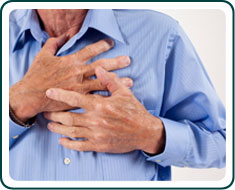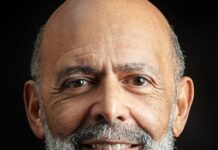 Research conducted at the Emory University School of Medicine and the University of Colorado found that residents of high-income White neighborhoods who experienced a cardiac arrest were more likely to receive cardiopulmonary resuscitation (CPR) than residents of low-income or high-income Black neighborhoods. More than 300,000 out-of-hospital cardiac arrests occur each year in the United States.
Research conducted at the Emory University School of Medicine and the University of Colorado found that residents of high-income White neighborhoods who experienced a cardiac arrest were more likely to receive cardiopulmonary resuscitation (CPR) than residents of low-income or high-income Black neighborhoods. More than 300,000 out-of-hospital cardiac arrests occur each year in the United States.
Using data from 2005 to 2009 that was reported to Cardiac Arrest Registry to Enhance Survival (CARES) database, researchers found that CPR was given to about 29 percent of the people who suffered heart attacks.
Bryan McNally, associate professor of emergency medicine at Emory University and co-author of the study, stated, “Arrest victims who received bystander CPR were more likely to be male and White. Black and Latino patients were less likely to receive CPR. The association was most apparent in low-income Black neighborhoods where the odds of receiving bystander CPR were 50 percent lower than that of a high-income non-Black neighborhood.”
Dr. McNally concludes that there needs to be a commitment to conduct CPR training for people of all races and income groups. “Rather than widely blanketing the entire U.S. with CPR training, a targeted, tailored approach in these ‘high-risk’ neighborhoods may be a more efficient method, given limited resources,” says McNally.
The research was published in the New England Journal of Medicine and may be accessed here.












Seems the title “Widespread Socio-economic Differences in Who Receives CPR After a Cardiac Arrest” is more precise.
The first aid courses is very important for everyone. Through this we can help other people and save their lives. CPR training gives us the knowledge how to save the life of another and how to help the other people.